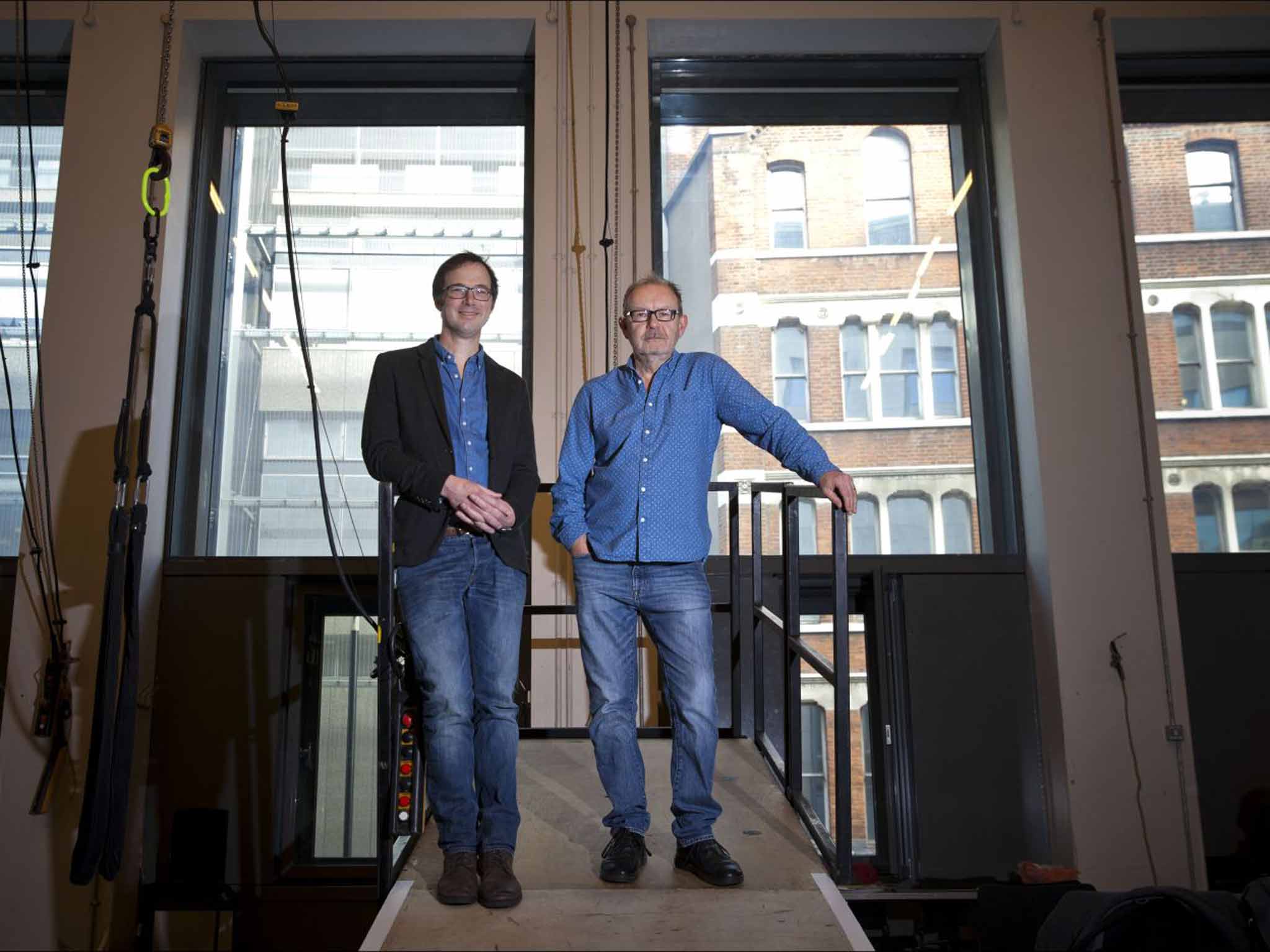Tom Piper and Orfeo: From poppies to opera
The designer of the Tower of London installation, Tom Piper is glad to be working backstage again, he tells Jessica Duchen

For the theatre designer Tom Piper, 2014 was a year like no other. Together with the artist Paul Cummins, he was co-creator of the commemorative the First World War installation, Blood Swept Lands and Seas of Red – the poppies at the Tower of London. The artistic phenomenon became a place of pilgrimage for millions this past summer.
Now Piper is back in the theatre, working with the director Michael Boyd, with whom he collaborated for many years at the Royal Shakespeare Company. They are the creative team behind a new production of Claudio Monteverdi's 1607 masterpiece, L'Orfeo – the first great opera, based on the Greek myth of Orpheus and Euridice – in the Royal Opera House's first collaboration with the Roundhouse.
Piper, who studied at Cambridge and the Slade School of Art, says that he aims generally to stimulate the audience's imagination and "give them a way in" to a work. Orfeo is no exception, though the Roundhouse, an unusual space for opera, requires the design to enhance its acoustics, as well as accommodating a sizeable company including teenage dancers.
"I think that for the right kind of opera and the right kind of project this is a great space," Piper says. "I think the fact that we've got a Renaissance scale of orchestra helps, as you're not relying on a conventional opera house with a pit. If you tried to do a 19th-century opera in there you'd be in real trouble: where do you put the orchestra? How do you balance the singers? But for this kind of piece it should work."
He says that Boyd has found an inspired way to integrate the orchestra into the staging as a character in its own right, while the chorus and the figures of the gods – Proserpina, Pluto and Apollo – are present in a balcony, which he suggests is "rather like a courtroom", from which they observe the action.
"In general, I try to create spaces that can facilitate storytelling without imposing an interpretation," Piper says. "I once had a piece that a critic described as having 'no sense of place, time or atmosphere'. I've had that made into a T-shirt! Sometimes Michael teases me about that sense of abstraction, but to me it's like any good artist: you're trying to pare away, to reveal something."
Still, he is frustrated by a certain public perception that fails to recognise theatre design as an art. "With the poppies, both Paul and I suffered for not being seen as so-called conventional artists," he remarks. "Some people were saying: yes, it's popular and wonderful, but because it's made by a theatre designer we don't think it's a work of art. At which point you start to get a bit livid."
Rebutting a critic who declared that the Tower's moat would be better filled with bones and barbed wire, he says, "For me, it's a work about loss and commemoration, not about the horrors or war, because we can all imagine that. That's where the theatre element comes in – the idea of not hitting a metaphor over the head. The theatre designer in me would say: 'Just because a play is about World War I you don't fill the stage with bones – that would be such a crass, clichéd thing to do!' You find the metaphor and you allow people in."
Piper admits that he was slightly perturbed by the frenetic, obsessive surge of emotionalism that the installation inspired. "When it got to a point where it started to become a sort of pilgrimage, it felt familiar in a way that I was not totally comfortable with – there have been other moments when the British public has focused on something like that," he says. "And I didn't really like the fact that various politicians started trying to take ownership of it. But hopefully in the end they were all supportive."
Like Es Devlin's designs for the Olympics, though, Piper suggests that the poppies may ultimately raise the profile of his profession. "In this country we've got some of the best theatre designers in the world," he says, "but because we're working in a space that relatively few people can see, we're not well known. I'm never going to have five million people see what I do ever again, but perhaps more people might notice my designs. I might regret it, like an actor who's only known for the soap he was in. But I hope it will stimulate people to think in a broader way about theatre and design and to challenge those boundaries about what constitutes art."
'Orfeo', the Roundhouse, London NW1 (0300 6789 222) 13 to 24 January
Join our commenting forum
Join thought-provoking conversations, follow other Independent readers and see their replies
Comments
Bookmark popover
Removed from bookmarks